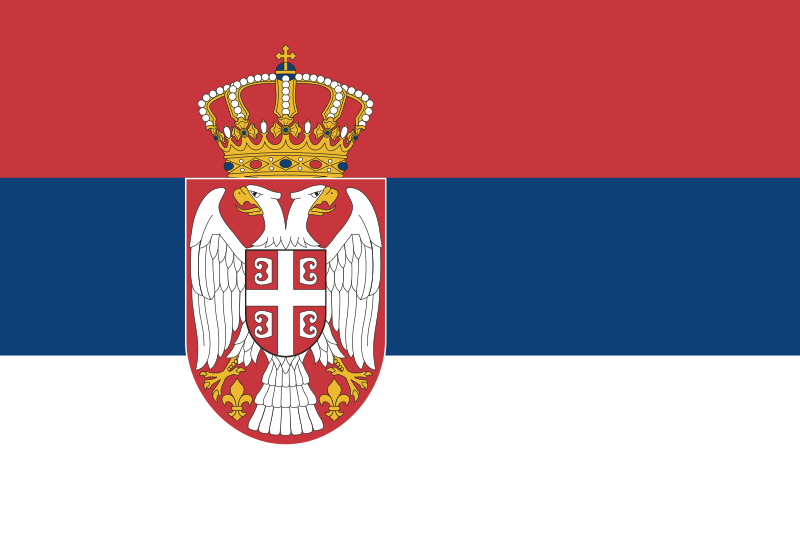yanomami.net – The Serbian Despotate, a medieval Serbian state that emerged in the first half of the 15th century, was a significant period in Serbian history marked by power, influence, and administrative reforms. This era, often misunderstood as the end of medieval Serbia following the Battle of Kosovo in 1389, was in fact a continuation of Serbian power and sovereignty under the title of the Despotate.
Origins and Formation
The Despotate was established after the Battle of Kosovo in 1389, where Prince Lazar Hrebeljanović was killed. His young son, Stefan Lazarević, succeeded him and began the reign of the Despotate. This period was characterized by the division of the territory into districts, a significant administrative reform initiated by Despot Stefan Lazarević in 1410.
Key Figures and Administrative Structure
The Despotate was governed by a monarch known as the Despot, who held the highest authority in the state. Under the Despot, several noble offices played crucial roles in the central administration. The Grand Logothete, a title equivalent to a high-ranking official, was responsible for significant administrative duties.
Influence and Legacy
The Serbian Despotate was a period of significant influence, particularly under the rule of Despot Đurađ Branković, who reigned until his death in 1456. Despite his demise, the Despotate continued to exist for another three years before finally falling under Ottoman rule in 1459.
Conclusion
The Serbian Despotate, though often overshadowed by the Battle of Kosovo, was a crucial era in Serbian history. It marked a period of significant administrative reforms, noble influence, and a continued struggle for sovereignty. The legacy of the Despotate is a testament to the resilience and adaptability of the Serbian people during a challenging period of transition and conflict.
This period not only shaped the political landscape of Serbia but also left a lasting impact on the region’s administrative and social structures. The Despotate of Serbia stands as a reminder of the complex interplay of power, reform, and resistance that defined the medieval era.
